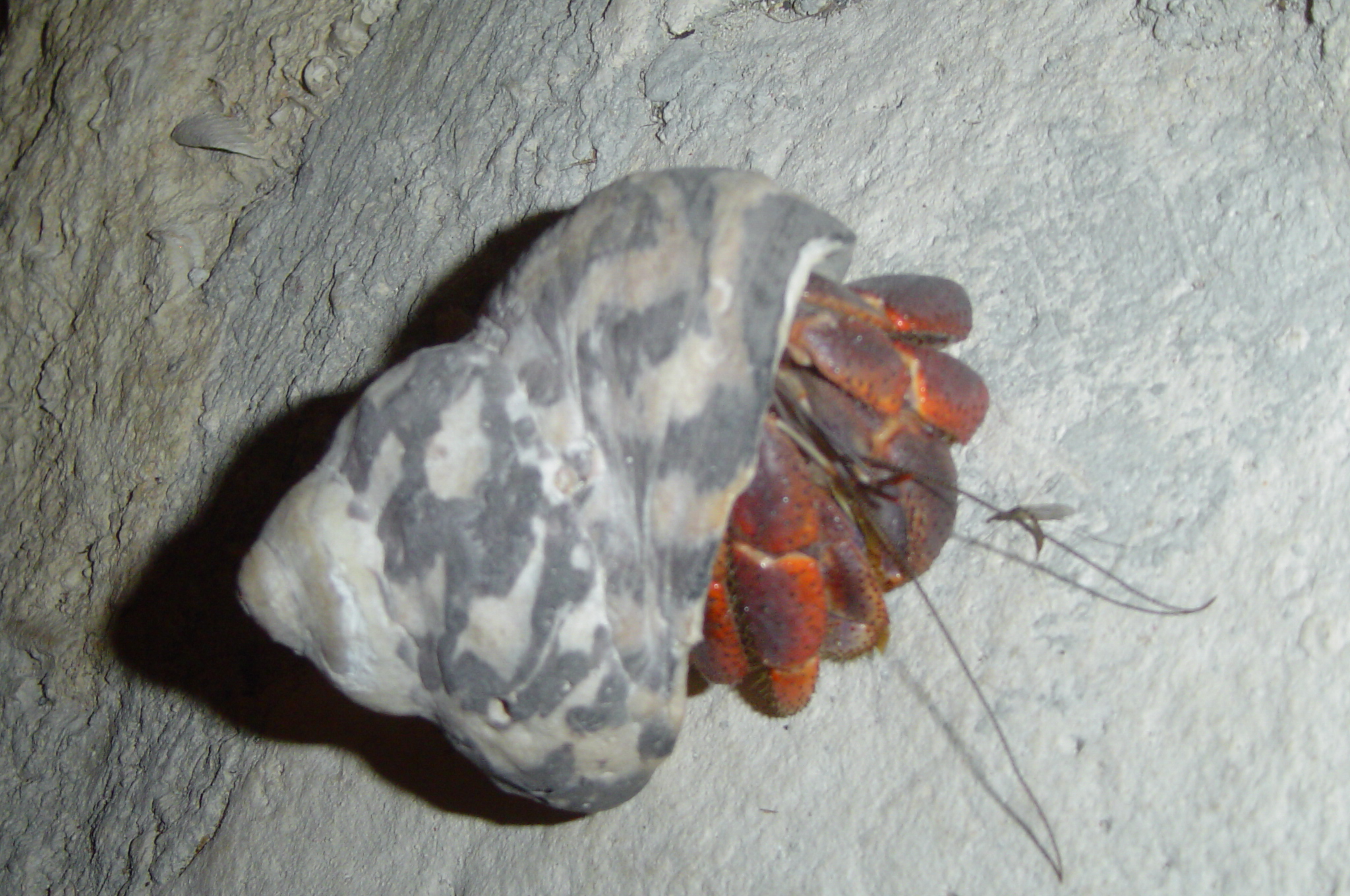When we think of skin irritants or skin allergies, many of us don't frequently associate it with our dogs. But dogs, just like their human counterparts, can have sensitive skin or skin allergies. These sensitivities or allergies are often caused by something that comes in contact with your dog's skin, and results in scaly, itchy skin, red bumps, and even hair loss. Depending on the type of reaction caused, your local Veterinarian may diagnose the condition as either contact dermatitis or allergic contact dermatitis.
What is Contact Dermatitis?
Contact dermatitis is caused by something that touches your pet's skin that causes an irritation or a reaction. It is frequently in areas which aren't well protected by hair, thus are most frequently seen on the nose, under the chin, on the underbellies, testicles, or pads of the feet. It is caused by coming into direct contact with a chemical or irritant. Often, contact dermatitis is caused by chemicals used in carpet cleaning solutions.
What are the Symptoms of Contact Dermatitis?
Symptoms can range from mild to severe, depending on the level of exposure and contact to a certain irritant. In most cases, it will be red, irritated skin and itchy bumps. Other symptoms include:
1. Moist, weepy spots
2. Blisters
3. Crusts
4. Frequent scratching
5. Pyoderma
6. Secondary Infections
Treatment of Contact Dermatitis
To treat contact dermatitis, it is necessary to remove the irritants which caused the reaction. Affected areas can be treated with topical steroid ointments such as hydrocortisone, which can be purchased over the counter at most drug stores. If a secondary infection is suspected, a topical antibiotic ointment can help fight the infection. If the reaction is severe, it is necessary to seek veterinary attention to treat possible severe infections which have gone past the superficial outer layer of skin. Stronger steroid creams or oral steroids may also be prescribed.
Allergic dermatitis is another condition which resembles contact dermatitis. The appearance of symptoms is usually delayed from the initial exposure, and can appear after a single exposure or after multiple exposures to an allergen. The rash will be indistinguishable from contact dermatitis, but it may spread beyond the contact site. The most common sources for allergic dermatitis are petroleum products, carpet cleaning solutions, and flea collars. To eliminate the symptoms of allergic dermatitis, it is important to remove the source of the allergic reaction. Discontinue use of a flea collar or cleaning solutions, and keep petroleum based products out of reach of your pet in a place where they are unlikely to come into contact with such products. If the reaction becomes severe, it will be necessary to seek medical attention for your pet to help keep the reaction from becoming fatal. Treatment with oral or topical steroid creams or ointments can help keep your pet comfortable.
Summary: Contact dermatitis and allergic dermatitis present with the same symptoms. Contact dermatitis will occur when your pet comes in contact with an irritant, producing a rash. Allergic dermatitis is slightly different in that a reaction is typically delayed, and is a result of an allergen rather than an irritant. In most cases, home treatment will keep your pet comfortable, but in some cases of severe reactions, it is necessary to seek the advice of your veterinarian

 Deciding Upon Real-world Solutions Of After Hours Veterinarian
It can be important to feel comfortable with all the staff
Deciding Upon Real-world Solutions Of After Hours Veterinarian
It can be important to feel comfortable with all the staff
 Beware of Lost Pet Scams
Pet owners ar
Beware of Lost Pet Scams
Pet owners ar
 How to Care for a Pet Water Turtle
How to Care for a Pet Water Turtle
How
How to Care for a Pet Water Turtle
How to Care for a Pet Water Turtle
How
 Responsible Pet Ownership
Responsible p
Responsible Pet Ownership
Responsible p
 How to Take Care of a Hermit Crab
How to Take Care of a Hermit Crab
How
How to Take Care of a Hermit Crab
How to Take Care of a Hermit Crab
How